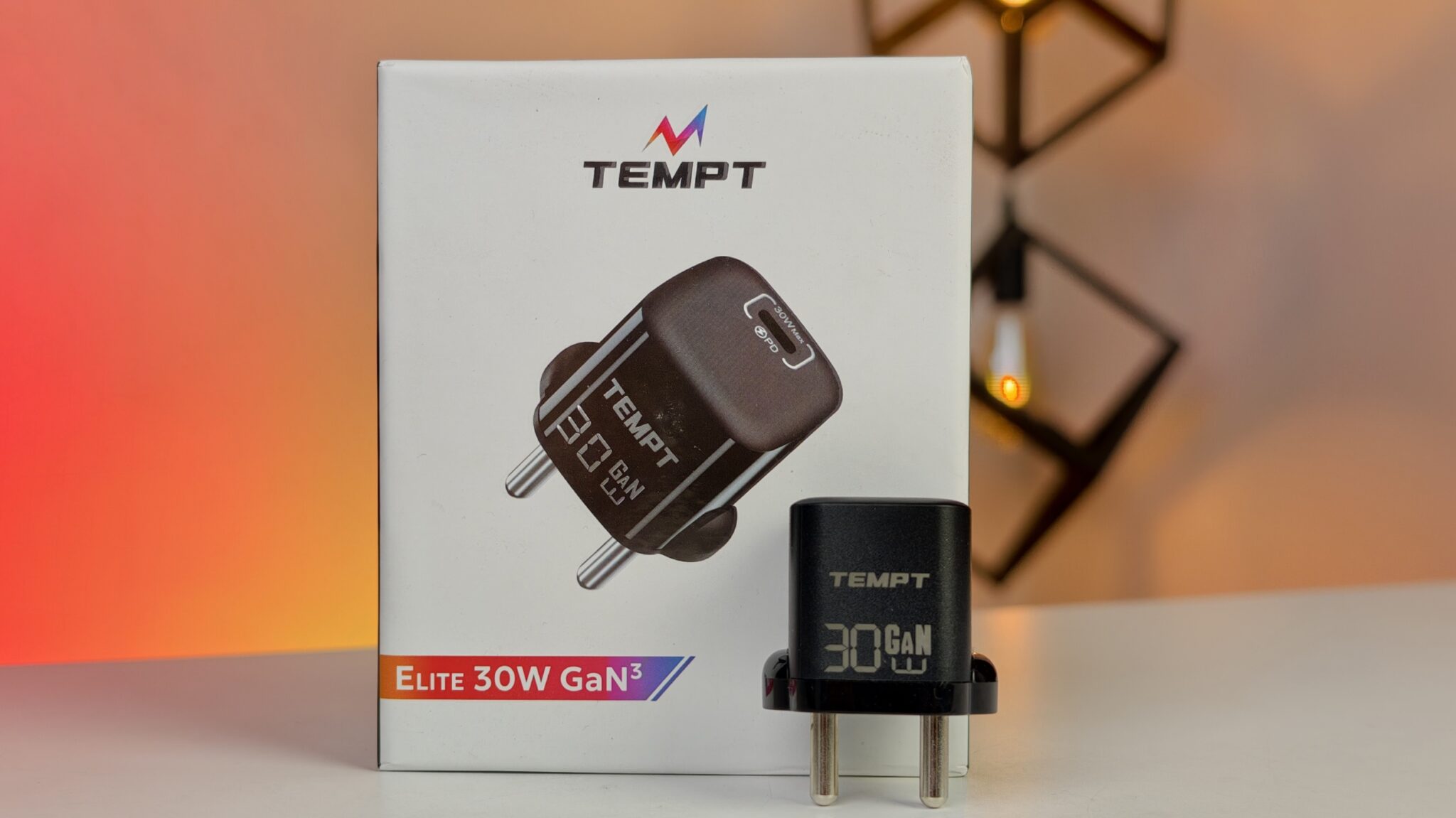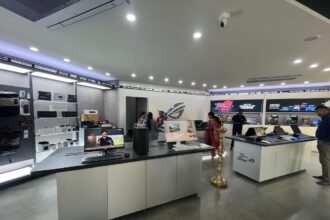Alphabet Inc., Google’s parent company, quietly orchestrates a significant reconfiguration of its global hardware assembly lines. Reports indicate a substantial shift in Google Pixel smartphone production, steering assembly operations away from Vietnam and directing them towards India. This strategic maneuver appears driven by a complex interplay of global trade dynamics, primarily concerns surrounding potential US tariffs, and a broader effort to diversify manufacturing footprints beyond traditional hubs.
For years, Vietnam emerged as a key location for tech manufacturing seeking alternatives to China, benefiting from its proximity and established supply chains. Google followed this trend, establishing Pixel production facilities there. However, the global economic climate remains uncertain. Ongoing trade tensions between the United States and other nations, coupled with a desire for greater supply chain resilience post-pandemic, push major tech players to rethink where they build their devices.
India presents a compelling proposition. The nation actively courts global manufacturers with incentives aimed at boosting domestic production. Programs like the Production Linked Incentive (PLI) scheme for mobile phones offer financial benefits to companies that meet specific manufacturing and investment targets. These schemes make setting up or expanding production in India economically attractive. Beyond incentives, India boasts a massive domestic market and a large workforce, factors critical for scaling production.
Sources familiar with the matter suggest Google initially explored options to scale up production in Vietnam further but ultimately found the landscape in India more favorable for future growth and risk mitigation, particularly concerning tariff exposure on goods imported into the United States. While specific tariff threats on Vietnamese-made electronics haven’t dominated headlines like those on Chinese goods, companies remain cautious. Diversifying assembly locations lessens reliance on any single country and hedges against unpredictable trade policies.
Moving production is not a simple flick of a switch. It involves intricate logistical planning, transferring technical expertise, establishing new supplier relationships, and navigating local regulations. Reports indicate Google is working with contract manufacturers already operating in India to facilitate this transition. These manufacturers have existing infrastructure and experience assembling electronics for other global brands, providing a ready framework for Google to integrate its Pixel production.
The scale of production moving to India remains subject to ongoing reports and internal planning. Initial volumes might focus on specific Pixel models or a portion of the total global output, with potential for expansion depending on performance and market conditions. This phased approach allows Google and its manufacturing partners to fine-tune processes and quality control in the new locations.
This shift carries significant implications for both Vietnam and India. For Vietnam, it represents a missed opportunity to solidify its position as a primary hardware manufacturing hub for a major global brand. While Vietnam retains a strong manufacturing sector serving many other companies, losing some Pixel assembly volume requires the country to redouble efforts to attract and retain high-tech production.
For India, securing Pixel production marks another win in its push to become a global manufacturing powerhouse. It validates the effectiveness of the government’s incentive programs and highlights the country’s growing capability in complex electronics manufacturing. This move can attract further investment, create jobs, and help build a more robust local component ecosystem, essential for long-term manufacturing growth.
Google’s broader hardware strategy involves building a diverse portfolio of devices, from Pixel phones and earbuds to smart home products. Ensuring a resilient and geographically diverse supply chain is paramount to meeting global demand and mitigating risks associated with geopolitical events, trade disputes, or localized disruptions like pandemics. Shifting Pixel production to India aligns with this strategic imperative. It’s about building redundancy and flexibility into the supply chain, making the company less vulnerable to disruptions originating from a single region.
While India offers significant advantages, challenges remain. Infrastructure, while improving, can still pose logistical hurdles. Developing a comprehensive local supply chain for all necessary components takes time and investment. Manufacturers must also ensure consistent quality control and manage workforce training on complex assembly processes. Google and its partners will need to navigate these aspects carefully to ensure a smooth transition and maintain product standards.
Ultimately, the decision to shift Pixel production from Vietnam to India signals a growing trend among global tech companies. They are actively reshaping their manufacturing maps, prioritizing resilience, diversification, and leveraging government incentives in emerging manufacturing destinations. This move by Google underscores India’s increasing importance on the global manufacturing stage and highlights the ongoing adjustments companies make in response to a changing world economy and trade environment. The assembly lines humming with Pixel phones in India represent more than just a location change; they reflect a strategic recalibration in the face of global uncertainties.



















